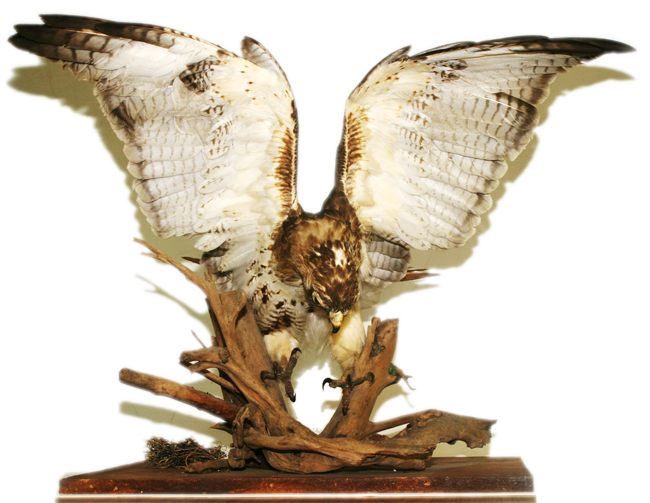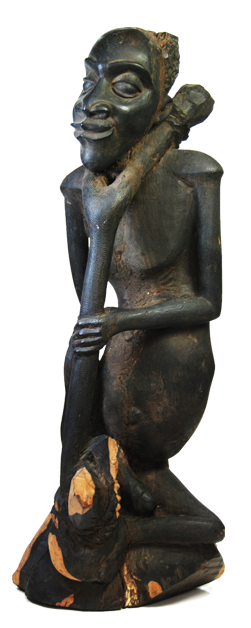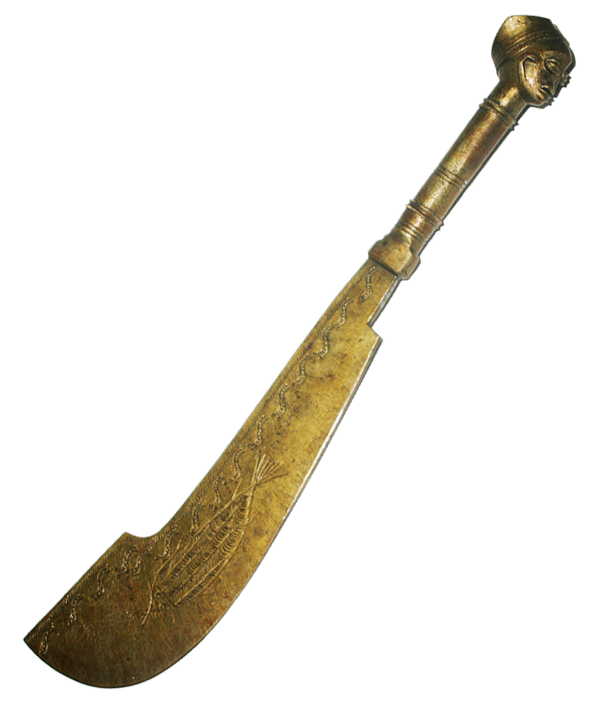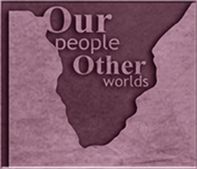IntroductionAs the island’s official culture agent and custodian of the National Collection, the Institute of Jamaica safeguards and studies objects of material heritage and presents them in permanent and temporary exhibitions. In Our People:Other Worlds we engage a few artefacts from these collections to consider the role of the National Collection. The underlying question posed through these artefacts: to what purpose has the Institute been collecting and is meaning derived from them for our diverse and changing society?. Have the collections and the exhibition narratives of the Institute of Jamaica been burdened with objects and ideals imbedded in the past? Our People:Other Worlds takes a look, in three sections, for clues of the classifications, truths and personalities that have defined our collections and, primarily through the African Collection, question if they can be presented in ways relevant to the now?.
|
Cabinet of CuriositiesCuriosity cabinets among other recording devices of the time were private displays of any range of objects. They were often seen by Enlightenment scholars as peculiar, other worldly. The cabinet of curiosities was as much for observation and to give order, as to draw attention to the world’s mysteries. With the drive of industrialization and commerce, interest in science boomed, hinged to a form of experimentation of nature, its flora and fauna, that led to a knowledge-system largely intent on control and exploitation. An unsustainable system we now know, from which even human civilizations were not exempt from being catalogued and consumed. None more so than in Africa. |

|

|
An IOJ Collection SpeaksJamaica, an island of mostly African descendants and tradition, yet what we understand of the African continent and its many nations has been largely mediated, given to us by others. And even as Jamaica celebrated Independence and our people looked to Africa for sources of identity, the perception of a ‘dark’ continent continued to be reinforced in what were valued and considered representative of African cultures. The Institute of Jamaica exhibitions continue in many ways to be modeled on conventional museum practices and collection categories in a field dominated by ‘other-world’ ideals. But if how other worlds are represented and understood is to benefit our people, must we not also consider in our collections their present realities to understand their cultural development and values today? |
Whose Identity?Within the context of its initial foundation and later transformation, the problem of mimesis remains: how with the IOJ collection’s largely colonial and traditional bias and past inherent values do we collect, manage and represent in ways meaningful and stimulating. Given that much of what is collected has actually been donated to the Institute of Jamaica, in another 50 years what will be said of how we have collected and serve as a cultural catalyst to current social trends? |

